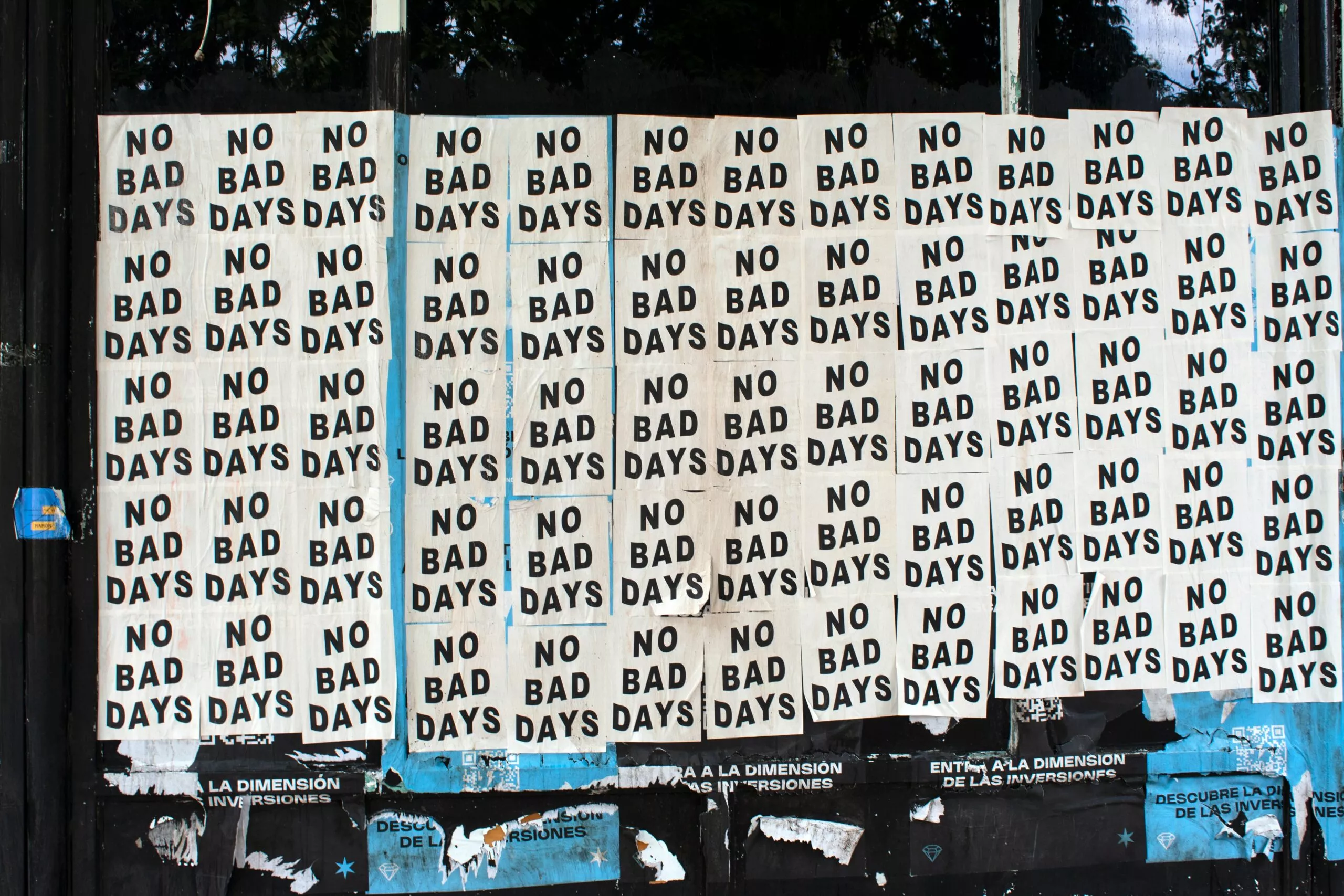
Article
Pricing During Inflation – 5 Ways to Recession-Proof Your Business
“The single most important decision in evaluating a business is pricing power.” – Warren Buffett
Economists and policy makers worldwide have been predicting a recession for months now. While the gravity of the predicted recession is up for debate, you might agree on the price inflationary pressure that it brings in. Due to the dynamic nature of the economy that your business exists in, it’s important to note that recession is inevitable for a healthy economy although the length of the recession varies on different key factors.
In the Unites States alone, the major indicator of consumer price inflation, the CPI, has grown 5.4% in the year ended July 2021. Consumers are beginning to see these price shifts emerge on shelves. This shows that some consumer-oriented businesses have started to respond to inflationary pressures. Unfortunately, many businesses do not have a detailed pricing strategy and instead choose to increase prices broadly, diluting the impact of increased prices.
By using a targeted pricing approach during inflation, your business can take advantage of the current situation to correct prior errors, put in place inflation control measures, and foster long-term growth.
Let’s look at 5 ways to recession-proof your business and optimize your pricing strategy in these testing times:
1) The power of choice
2) There’s only one pricing model
3) Enabling value-based pricing
4) Communicating price change
5) Pricing psychology to the rescue
The Power of Choice
Using one price point for all consumers is an outdated strategy. Giving consumers a choice is the key cornerstone of a clearly thought-out pricing strategy.
If you have ever checked the cost of an Uber or an airline ticket, you might have also noticed what’s commonly known as Dynamic Pricing; a real-time pricing strategy that aims to maximize profit by changing the price at times of high demand. In addition to adopting varying ways of dynamic pricing, airline, and e-retail companies already focus massively on personalized pricing. To do so, they dive deep into the purchase history and past behavior of the consumer. This can be beneficial for consumers as it results in cheap upgrade offers for regular flyers or a discount on checked bags because certain consumers are likely to always bring one.
The power of choice is also something commonly witnessed in e-commerce platforms. For example, Apple’s product page illustrates the comparison between 3+ models when a user is browsing for a new phone. This technique ends up translating the question in the consumer’s mind from “Shall I buy?” to “Which Phone shall I buy?”
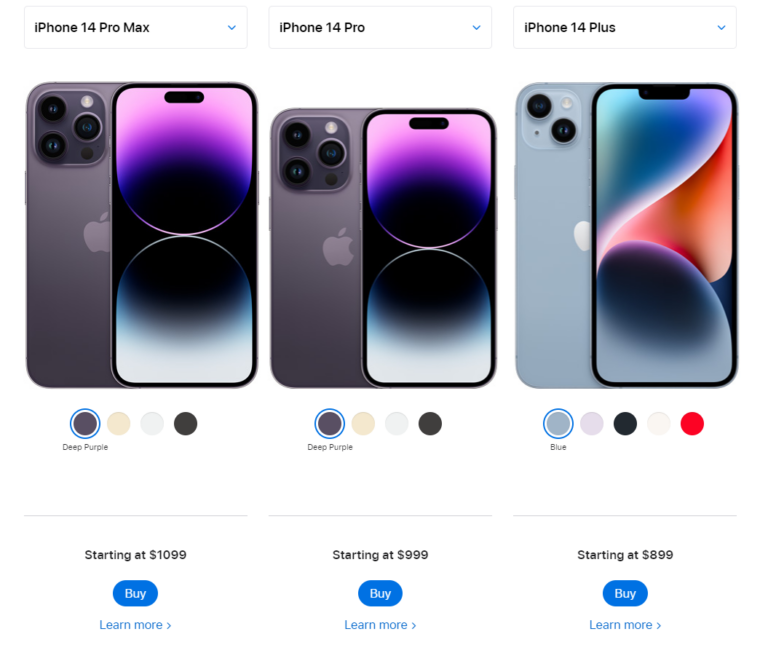
Popularly known as the Decoy effect – in this method, companies attempt to steer potential customers towards a particular product. This is a nudging method to nudge a consumer to buy the more profitable product. Our brain rejects the cheapest alternative in this case since it seems inferior to the other options.
There’s Only One Pricing Model
While there are 3 popular pricing models: Cost-based, competitor-based, and value-based – there is often debate on what model is best-suited for businesses. Depending on the maturity of the business, its value-proposition, and other factors, the best-suited model is often a combination of these 3 pricing strategies.
For instance, let’s take an example of a paper clip. A paper clip priced based on production cost incurred can cost anywhere from 1-2 cents per clip. Based on the market that you are trying to sell this paper clip in, and the way your competitors price them, a business can price their clip onwards and upwards of 50 cents per clip. Hence, if you are a company like Herlitz, you would look at your costs and study potential competitors like Hema, Office Depot, or other private labels to price a box of paper clips anywhere between €4 to €6.
Enter: Prada’s money clip. A paper clip worth €185. You read that right. Prada also introduced varying bronze and silver versions of this paper clip that are worth up to €525. Prada’s ability to sell this paper clip, which despite the backlash was sold out in no time is a key example of value-based pricing. This is a strategy that is not merely based on the cost incurred but based on the value the client is willing to pay.
Times of crisis can be an opportunity for a business to optimize their pricing model and rethink their commercial positioning. This is a chance for businesses to truly empathize with their consumers and understand what they value in these tiring times.
Enabling Value-based Pricing
While most companies instantly kick out market research and cut costs on marketing during the recession, it is important to realize that times of crisis are when you need to understand your customer better than ever. These times call for an empathetic approach that is purely customer centric.
Starbucks could have had a spectacular brand failure during the 2008 recession. However, it became a memorable brand thanks to a clever shift in its marketing strategy at a pivotal moment. Starbucks struggled to thrive throughout the recession, shuttering hundreds of locations and laying off thousands of staff members. But when Starbucks’ CEO was replaced at the beginning of 2008, there was a sudden, crucial shift in emphasis: “away from bureaucracy and back to customers.” After taking a massive hit in profits during the 2008 recession, this clever shift helped Starbucks not just build a robust fan base to get back in the game, but also to increase the revenue tremendously in the years to come despite times of crisis. Add to this, in times of crisis, Starbucks’ positioning as an affordable indulgence complements its rock-solid foundation.
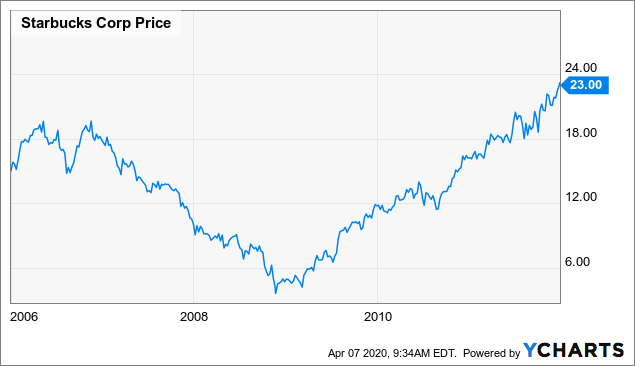
The company began transforming its locations into warm gathering places and introduced a new initiative called “My Starbucks Idea,” an online community where users could register and share suggestions for how they thought the Starbucks experience could be improved. Customers had a direct channel of communication with the company as a result, which helped Starbucks develop a following and a welcoming, community-focused experience. Starbucks changed the perception of its brand from “expensive and disconnected” to “cool, compassionate, and value-added” when combined with an active social media marketing plan. This is a prime example of that strong customer and community focus are values that will endure even the worst of crisis. Communicating Price Change
There are different ways to communicating your pricing change: ranging from a basic message informing your customers about the price change, communicating the price partitioning, communicating a justification for the price change to a combination of these methods. Research has shown that communicating the price change with a justification that empathizes with your customer is the most effective way of communicating price change. This communication by POS Paper is a great example of this. They start with communicating and justifying the price change and continue to give further details in the communication.
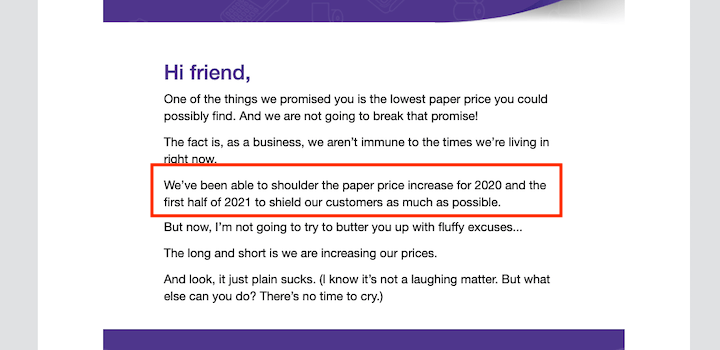
POS Paper: Link to Full Communication
While communicating this change, you can also use this moment as an opportunity to award customer loyalty to increase customer satisfaction and retention during testing times. For instance, Spotify awarded loyal customers with one additional month of Spotify premium at the old price point. This is a strategy used by various subscription-based platforms.
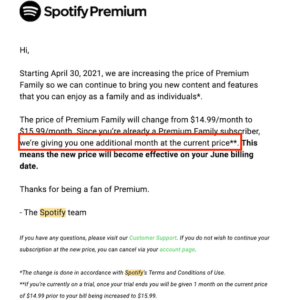
The key thing to remember while communicating price change is to inform the customer at the earliest possible and to stay transparent in order to gain your customer’s trust. Pricing Psychology to the Rescue There are various other techniques to consider adapting to while optimizing your pricing strategy during inflation. For instance, understand the share of your product’s price in the monthly or daily budget of the consumer. This translates into the impact the price change will have on the consumer. For example, changing the price of a soft drink from €1 to €1,49 might not have a huge impact on a consumer as compared to the price change of essentials like milk or bread.
Additionally, this is a great time to consider key-value item analysis. Businesses usually have a range of products that fall into 2 categories: Frequently purchased and less-frequently purchased. The things that are regularly purchased are known as KVIs (Key Value Item). These goods have a high degree of price elasticity and are offered frequently. These are both the best-selling things and the necessities for consumers. Determine KVI for your customers, and then reduce their pricing. By doing so, you attract consumers to your business by using competitively priced KVIs. However, once the consumer is on your profile, they might end up buying the other products as an add-on which delivers higher profit margins.
Another strategy often used by businesses is the Leader-Filler-Killer combination. For example, when you purchase a meal at McDonald’s, the burger is the leader of the meal (must-
have), the fries and the soft drink are the fillers (nice-to-have), while the coffee or dessert is the killer (no-go) for the consumer. Since most people don’t desire coffee or dessert, including one in a meal would be disastrous. For this reason, restaurants like McDonald’s and others never include dessert or coffee. This translates well while bundling items and pricing them. For instance, with SaaS (Software as a Service) products, there are normally 3 bundles. One bundle’s leader is a more expensive bundle’s filler. One bundle’s leader is a less expensive bundle’s killer.
All in all, these are some techniques that can help you get started with optimizing your pricing strategy during times of crisis. Recessions create 47% more rising stars than during stable times, indicating a tremendous opportunity for new market leaders to emerge from a recession. Want your business to be the next rising star? Reach out to us.
This blog is a summary of a keynote, “Pricing in times of crisis: How you and your customer can win in recessive times” shared by our experts Lies Taerwe and Dirk Blondeel at the BAM Congress 2022.
Sources:
1) Forbes: https://www.forbes.com/sites/qai/2023/01/20/will-there-be-a-recession-in-2023-and-how-long-will-it-last/?sh=3d0e691d30bf
2) Travel Weekly: https://www.travelweekly.com/Travel-News/Airline-News/Airlines-inching-closer-to-dynamic-pricing
3) Deloitte: https://www2.deloitte.com/us/en/pages/consulting/articles/consumer-pricing-strategies-during-inflation.html
4) Business Insider: https://www.businessinsider.com/prada-selling-expensive-paper-clip-2017-6?r=US&IR=T
5) Harvard: https://d3.harvard.edu/platform-digit/submission/my-starbucks-idea-crowdsourcing-for-customer-satisfaction-and-innovation/